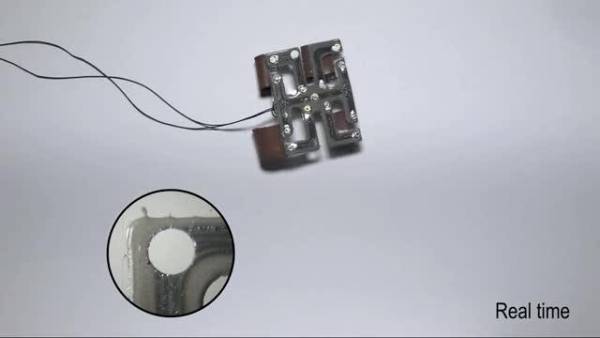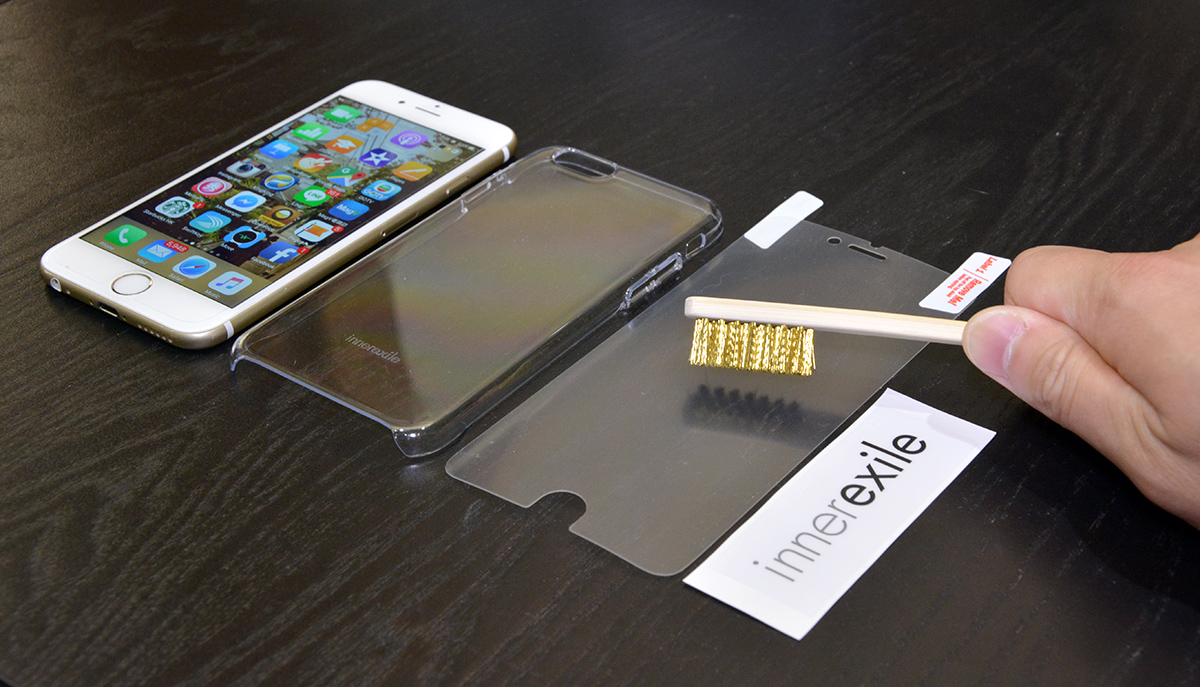Tag Archives: SelfHealing
Self-repairing shoes may be a reality thanks to 3D-printed rubber
 Shoes will invariably wear out with enough use, but scientists might have found a way to delay the shopping trip for their replacements. A USC team has created a self-healing 3D-printed rubber that could be ideal for footwear, tires and even soft ro...
Shoes will invariably wear out with enough use, but scientists might have found a way to delay the shopping trip for their replacements. A USC team has created a self-healing 3D-printed rubber that could be ideal for footwear, tires and even soft ro...
Researchers build a self-healing ‘robot skin’
 Most conventional androids are fairly rigid, susceptible to damage and difficult to repair. However, scientists are determined to (literally) give them thicker skins. They've experimented with soft, deformable circuits that are flexible, and could re...
Most conventional androids are fairly rigid, susceptible to damage and difficult to repair. However, scientists are determined to (literally) give them thicker skins. They've experimented with soft, deformable circuits that are flexible, and could re...
This self-healing material could solve many wearable woes
 The physical limitations of existing materials are one of main problems when it comes to flexible electronics, be it wearables, medical or sports tech. If a flexible material breaks, it either stays broken, or if it has some self-healing properties i...
The physical limitations of existing materials are one of main problems when it comes to flexible electronics, be it wearables, medical or sports tech. If a flexible material breaks, it either stays broken, or if it has some self-healing properties i...
Watch this iPhone screen protector heal scratches within a second
 The folks who came up with the self-healing iPhone case is now back with something a lot more impressive. Innerexile's earlier technology could repair light scratches within about half a minute (given the right temperature, that is), but the latest...
The folks who came up with the self-healing iPhone case is now back with something a lot more impressive. Innerexile's earlier technology could repair light scratches within about half a minute (given the right temperature, that is), but the latest...
Caltech self-healing chips can recover from laser blasts, save power while healthy
While many scientists have heard the call for self-healing electronics, their previous projects have usually had just a limited capacity to come back from the brink. Caltech has developed an integrated circuit that could take much more of a bruising. Its prototype power amplifier chip has a dedicated circuit and sensors that can change actuators in microseconds if there's damage, re-optimizing the connections on the spot. And the chip can take a lot of that damage -- 76 examples in a penny-sized cluster endured multiple laser strikes in tests (like the one above) while still ticking. The self-healing even helps while everything is in tip-top shape, as it can cut power use by watching for the usual hiccups in load and voltage. So long as Caltech can develop the technology beyond its currently expected niches of communication and imaging, many of our computing devices could eventually take a few bumps and scrapes on the inside, not just their rugged exteriors.
Filed under: Science
Source: Caltech
Graphene heals itself, powers our dreams and nightmares
Slowly, but surely graphene is pushing our technological hopes, dreams and, yes, nightmares towards reality. The stuff is capable of extending battery life, generating electricity, powering high-speed data connections and super computer-worthy CPUs. It's water proof, stretchy, bendy and apparently self healing. (This space reserved for T-1000 reference.) Researchers at the University of Manchester discovered that, if you put a hole in a sheet of graphene, it simply stitches itself back together. This is thanks to carbon's tendency to latch on to other atoms, including its own, which can make the futuristic material difficult to work with, but gives it this highly unique quality. Thankfully, we're no where near self-healing robots. But, the discovery could lead to a simple method for molding it into almost any shape. Once pierced, the form of the mend is determined by the type of molecules introduced -- pure carbon simply regrows the perfect honeycomb structure, while a few foreign atoms can lead to "defects." Of course, if they're intentional and predictable, defects merely become "features." For more check out the source link.
Filed under: Science
Graphene heals itself, powers our dreams and nightmares originally appeared on Engadget on Tue, 10 Jul 2012 22:22:00 EDT. Please see our terms for use of feeds.
Permalink | MIT Technology Review | Email this | Comments
MIT Technology Review | Email this | Comments 
